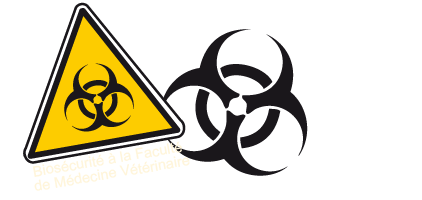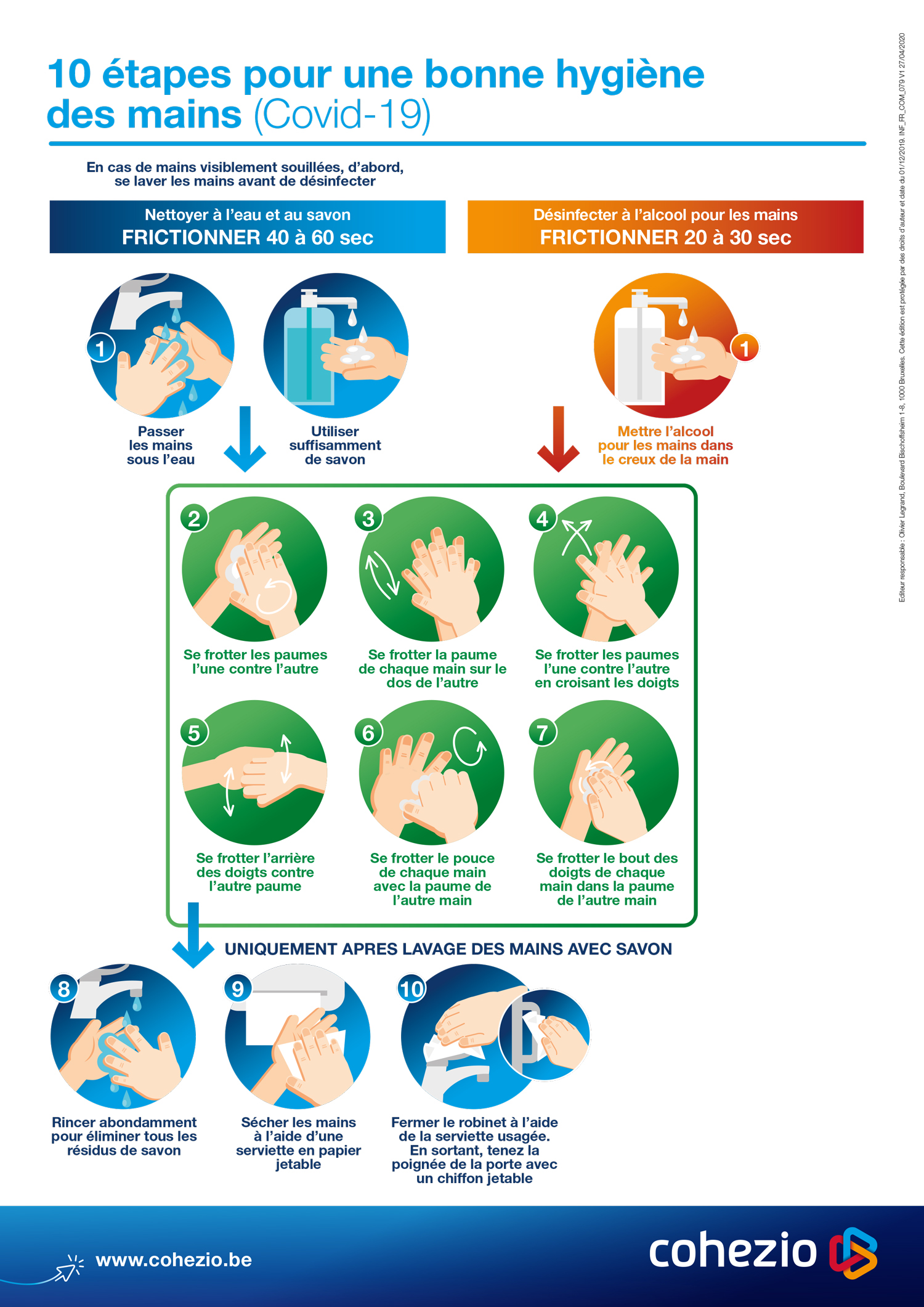
Update 18 October 2022: since 7 March 2022 (Belgium placed in code yellow on the Corona barometer), most health measures are lifted. The wearing of a mask is no longer compulsory except in closed spaces of hospitals and care establishments. The wearing of a mask remains recommended in all indoor places accessible to the public when physical distancing cannot be respected. Vulnerable persons are advised to wear a FFP2 mask.
People who are sick or show symptoms of Covid-19 must remain at home in accordance with the general rules in force
The virus is still there, and the compliance with the following recommendations will allow reducing the risk of infection by SARS-cov-2 (Severe Acute Respiratory Syndrome coronavirus 2).

Dogs and cats are receptive to coronaviruses, as most mammals are. Several dozen dogs and cats, whom owners were themselves infected by the virus, have tested positive to the virus around the world. At this stage, a dog or a cat can be contaminated by the infected owner, but no case of natural transmission to other animals or humans has been reported (a transmission between cats was observed under experimental conditions). To date, there is no evidence these species represent a risk of infection for humans but it is always highly recommended to apply the principles of basic hygiene after any contact with an animal.
Mustelids (e.g. minks and ferrets) are highly susceptible to the virus. Several cases of natural infections were reported in domestic ferrets. Numerous contaminations have been reported in farmed minks in several EU Member States and in North America. Infected farm workers would have introduced the virus in the farms. The virus could then circulate among susceptible animals to finally be transmitted back to humans (anthropozoonosis), as it was reported for several cases among mink farm employees in the Netherlands. A variant associated with minks was isolated in 2020 in Denmark. Caution is thus required with these species.
Covid infection was also reported in numerous wild species, some of which in captivity like big cats (tigers, lions, snow leopards), raccoon dogs and non-human primates (like gorillas), as well as white-tailed deer.
Regarding lab animals, hamsters are highly susceptible, while the susceptibility of mice is discussed.
To date, there is no evidence of virus transmission from humans to other domestic livestock species such as ruminants and pigs, under field conditions.
In June 2020, the SARS-CoV-2 infection was added to the list of animal reportable diseases in Belgium. Notification is mandatory for all animal owners, veterinary practitioners and labs.



• Original papers:

• Travel notifications :